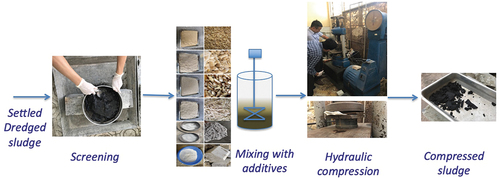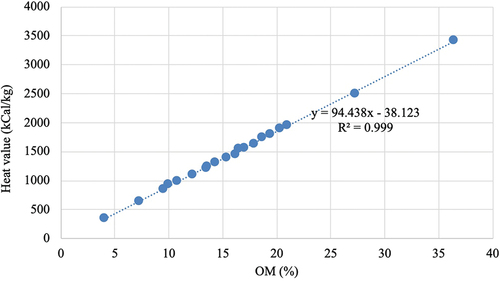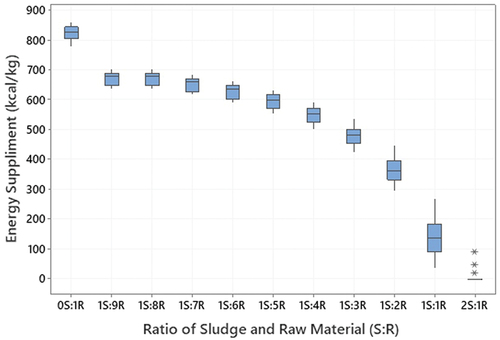Figures & data
Table 1. Sample analytical methods.
Figure 1. Image of testing Additives: (a) rice husk powder_RHP; (b) corn core powder_CCP; (c) peanut shell powder_PSP; (d) sugarcane bagasse powder_SBP; (e) autoclaved aerated concrete_AAC and (f) stone powder_SP.

Table 2. Characteristic of DSL sludge’s sediment.
Table 3. Characteristic of DSL sludge’s supernatant.
Figure 3. Organic matters in the DSL with and without additives (DSS: dredged sludge from sewers; CCP: corn core powder, RHP: rice husk powder, SBP: sugarcane bagasse powder, and PSP: peanut shell powders; AAC: autoclaved aerated concrete and SP: stone powder).
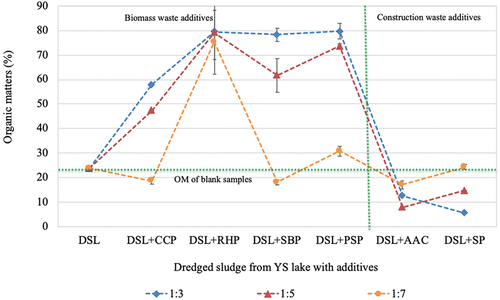
Figure 6. Moisture contents of testing DSL with mixing ratio: (A) 1:3, (B) 1:5 and (C) 1:7 (DSS: dredged sludge from sewers; CCP: corn core powder, RHP: rice husk powder, SBP: sugarcane bagasse powder, and PSP: peanut shell powders; AAC: autoclaved aerated concrete and SP: stone powder).
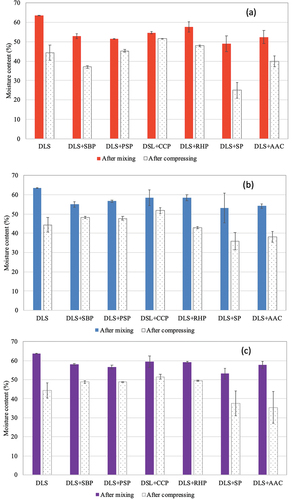
Figure 7. SEM images (magnification of 1000X) of raw and blended dredged sludge from lake. DSL: Dredged sludge from lake (A), DSL + AAC: autoclaved aerated concrete 1:7 (B); DSL + SP: stone powder 1:3 (C) and DSL + PSP: peanut shell powders 1:7 (D).
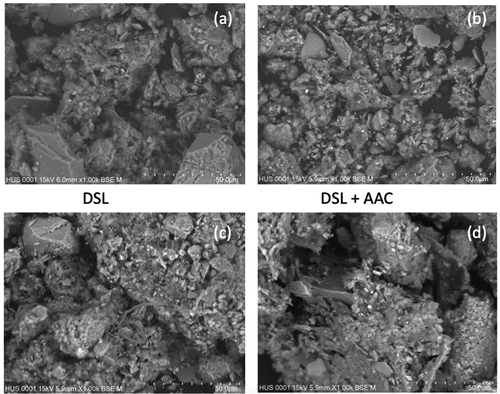
Figure 8. Acceptable mixing ratio for DSL in terms of oxides (red line: the standard values for corresponding oxide contents in the brick).
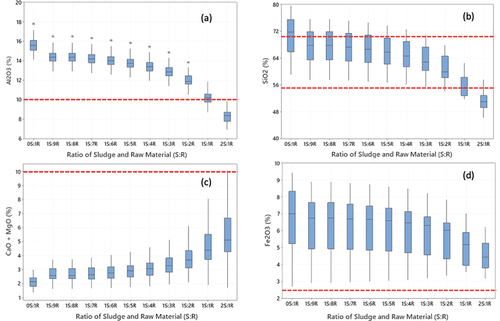
Table 4. Chemical characteristics of samples.
Table 5. Correlation matrix.
Table 6. Two-way ANOVA results (p value, n = 36) showing the impact on moisture content by different additives and mixing ratio, based on Turkey Kramer approach.
Data availability statement
The data that support the findings of this study are available from the corresponding author, upon reasonable request.

